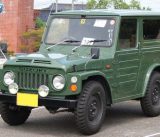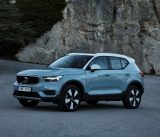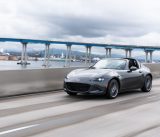Few vehicles are as iconic around the world as the VW Bus, also known as the VW Camper, Transporter, Kombi, or Type 2, depending on where you live. This icon has a long history dating back to just after World War II and included multiple generations over the years. The VW Bus did not end production until 2014, giving it six and a half decades of history.
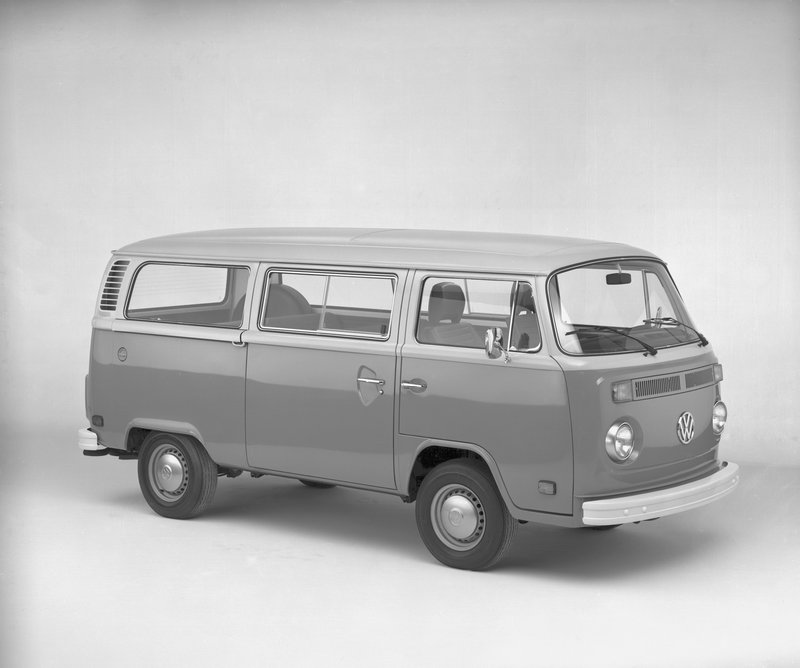
Early Years
The VW Bus’s history began in 1947 when it was created to carry around car parts in a large Volkswagen factory in Berlin. Ben Pon, a Dutch VW Importer, suggested using a van based on the familiar Beetle to move parts instead of the stripped-down Beetles they had been using. Pon sketched out the first doodle of what would become the VW Bus in April 1947 with a proposed payload of 1,520 pounds. The first prototype was internally called the Type 29.
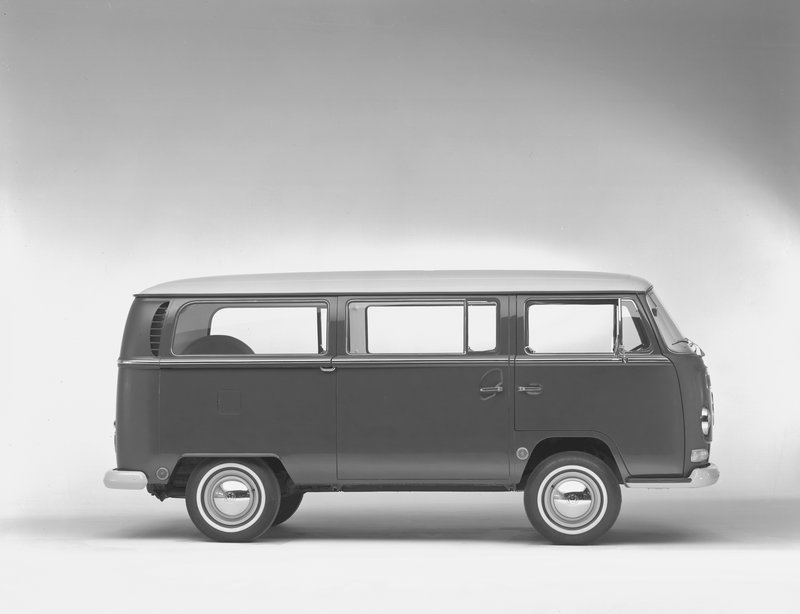
1968 Bus
Just two years later, the concept arrived at Geneva Motor. The first VW Bus was just a 170-cubic-foot box sitting on a chassis with four wheels. Over the following years, VW expanded the concept, delivering nearly a hundred possible bodies and uses.
The Splitty
The “Splitty” arrived in 1949, and this is the version with the split windows. The Type 1 or T1 had a 1,130-cc engine that was later upgraded to a 1,192-cc version. It made its way to the United States in the middle of the 1950s. By the early 1960s, nearly 200,000 of these vans were sold.
The Bay
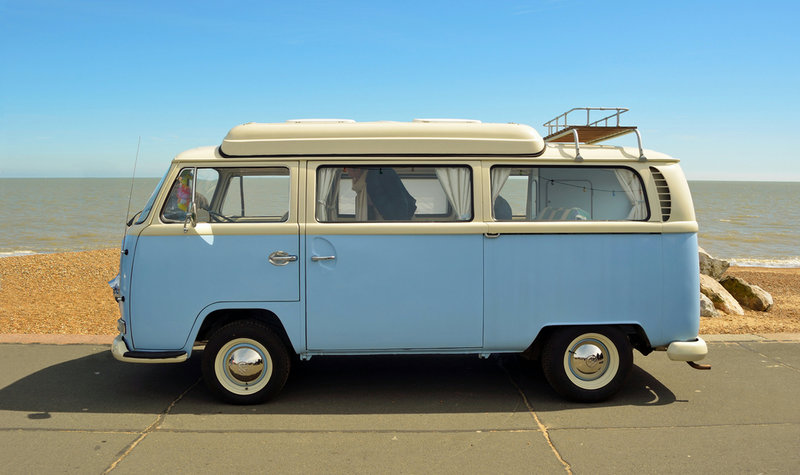
source: ShutterStock
The Bay took over from the Splitty in 1967 with a larger body that was capable of carrying larger loads. It also increased the speed to up to 80 mph and improved ride comfort. The engine was also more powerful and the Bay got improved electronics. The Bay Camper Bus followed in 1975. It shared many features with The Bay but had different bay windows. It quickly became popular for use as a mobile home or camper. In addition, it was inspirational for other automakers, who saw the potential for a vehicle like this.
The Bay was part of the second generation or Type 2 with a slightly larger size, more weight, and the loss of the split front windshield. The 1.6-liter engine had 47 brake horsepower and was also slightly larger.
T2b and T2c
There was also a T2b model, introduced slowly over the course of three years. Adjustments included rounded bumpers that included a step to get inside, front doors that opened up to 90 degrees, unique engine intakes, no lip for the front guards, and crescent air intakes. The T2c began production during the early 1990s for the South and Central American markets. It featured a 1.8-liter water-cooled inline-4-cylinder engine.
Other Generations
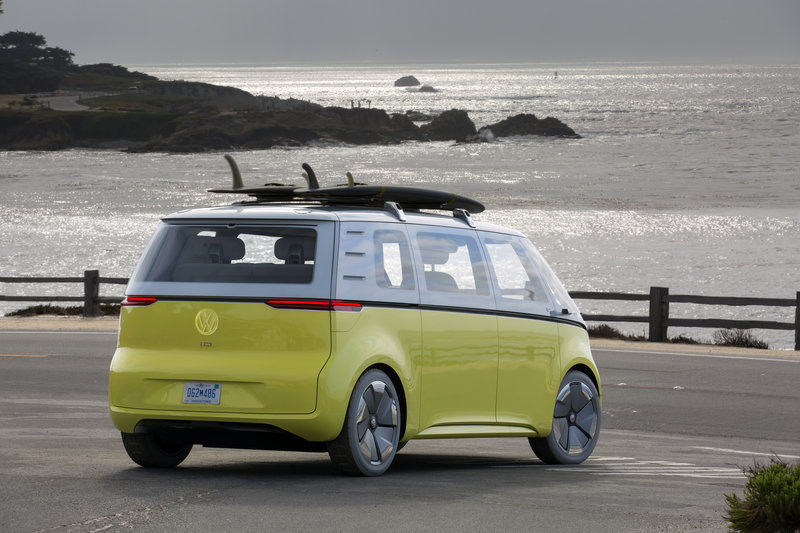
Concept Bus
The Type 2 was not the end of the VW Bus. The Type 2 (T3), called the Vanagon in the U.S., arrived in 1979. It was heavier and larger, with square corners instead of rounded ones. The Transporter (T4) was the fourth generation and was called the Eurovan in the U.S. The fifth generation, T5, was also the Transporter in many areas but was not sold in the United States.

